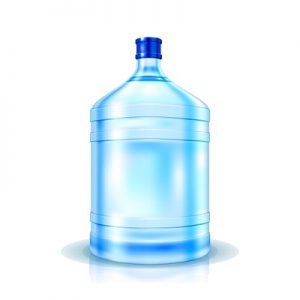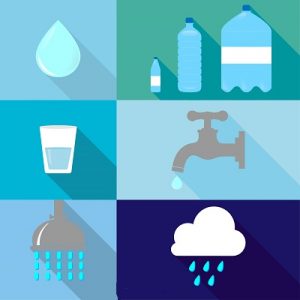Hydration 101
 There seems to be a lot of confusion these days over what water is the most healthful, least harmful, and most eco-friendly to drink. Given some of the scary reports about tap water, bottled water seems like the cleaner, safer choice. But the source of some bottled water is tap water!
There seems to be a lot of confusion these days over what water is the most healthful, least harmful, and most eco-friendly to drink. Given some of the scary reports about tap water, bottled water seems like the cleaner, safer choice. But the source of some bottled water is tap water!
And, then there are the plastic bottles. So which is safer? How can we find the best and healthiest water to drink? Let’s look at some of the pros and cons of both kinds of water.
Filtered Tap Water
Various kinds of home water filtration systems are available. You can simply attach a filter to your faucets, or you can get more elaborate and install an “in-line” system into your plumbing. There are carbon filters and reverse-osmosis filters, with the latter being the most thorough. Continue reading
 There is growing concern about the safety of tap water, and it is understandable when you consider the chemicals used to disinfect municipal water and the microbial organisms that can survive such sanitation measures.
There is growing concern about the safety of tap water, and it is understandable when you consider the chemicals used to disinfect municipal water and the microbial organisms that can survive such sanitation measures.
Here is a partial list of some of the common chemicals and life forms that may be present in tap water and how to test for them. Bear in mind that government regulations are not designed to keep all harmful microbes or chemicals out of water, but to keep these elements at acceptable levels. For some people, any amount of certain chemicals, no matter how low, is too much.
Nitrites and Nitrates
These inorganic chemicals can be fatal if ingested by infants under six months of age. Babies who drink tap water containing too much nitrite or nitrate have trouble breathing, turn blue, can will even die without immediate treatment. Pesticide run-off and sewage (usually from leaking septic tanks) are the sources of these chemicals. Continue reading






